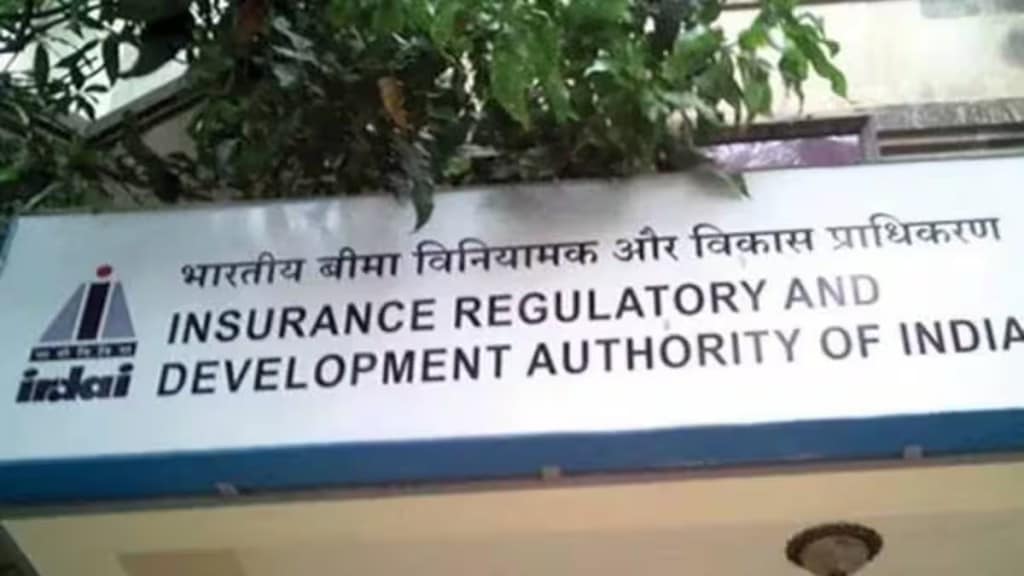India will require Rs 5.5 trillion debt-based funding by 2030 to achieve its target of producing 5 million metric tonne (MMT) of green hydrogen per annum by 2030, new-and-renewable energy secretary Bhupinder Singh Bhalla said on Wednesday. Two drafts of the Rs 17,000 crore incentive scheme for the sector have been finalised and will be announced soon, he added.
The ministry is in talks with the department of financial services (DFS) (in the finance ministry) and the Insurance Regulatory and Development Authority of India (IRDAI) to engage the private players and explore funding avenues, including money and bond markets, and the international agencies for low-cost funds,” he said.
The government will offer Rs 17,000 crore as incentives to promote manufacturing of electrolyzers and green hydrogen over the next seven years.
“The draft of the incentive scheme for electrolyzer manufacturing and part of the incentive scheme for production of green hydrogen have been finalised and will be rolled out soon. The incentives will be implemented in a phased manner, so that the government learns from the first tranche and evolves the second one accordingly,” he said.
Incentives will be awarded for setting up of green hydrogen plants (production) and also for consumption, based on a demand aggregation model. While details of the incentive scheme for eletrolyzers are ready to be announced anytime, that for green hydrogen will also be released soon, he added.
“Electrolyzer production capacity in the world is very limited, this capacity has to come up in India. And for this, it is important that we learn and adopt the appropriate technology for electrolyzer manufacturing as well as for various individual components of the manufacturing process,” he said.
Bhalla said there is a lot of traction from the industry for the green hydrogen opportunity and about 48 projects on green hydrogen and green ammonia have been announced. This totals to production of around 3.5 MMT per annum of green hydrogen.
The government is working on the definition of green hydrogen and expects the international conference to help evolve some global standards for green hydrogen.
“India is going to come up with a definition based on what we believe should be green hydrogen and eventually, we should be having a global standard on the definition of green hydrogen. This should have clear starting and ending points, so that we can effectively evaluate our energy transition and adoption of green hydrogen,” he said.
The ministry of new and renewable energy, along with ministry of petroleum and natural gas, Council of Scientific and Industrial Research and principal scientific advisor to government of India, is organizing an international conference on green hydrogen during July 5-7. This will have 25 sessions and is likely to be attended by 1,500 delegates from India and abroad.
